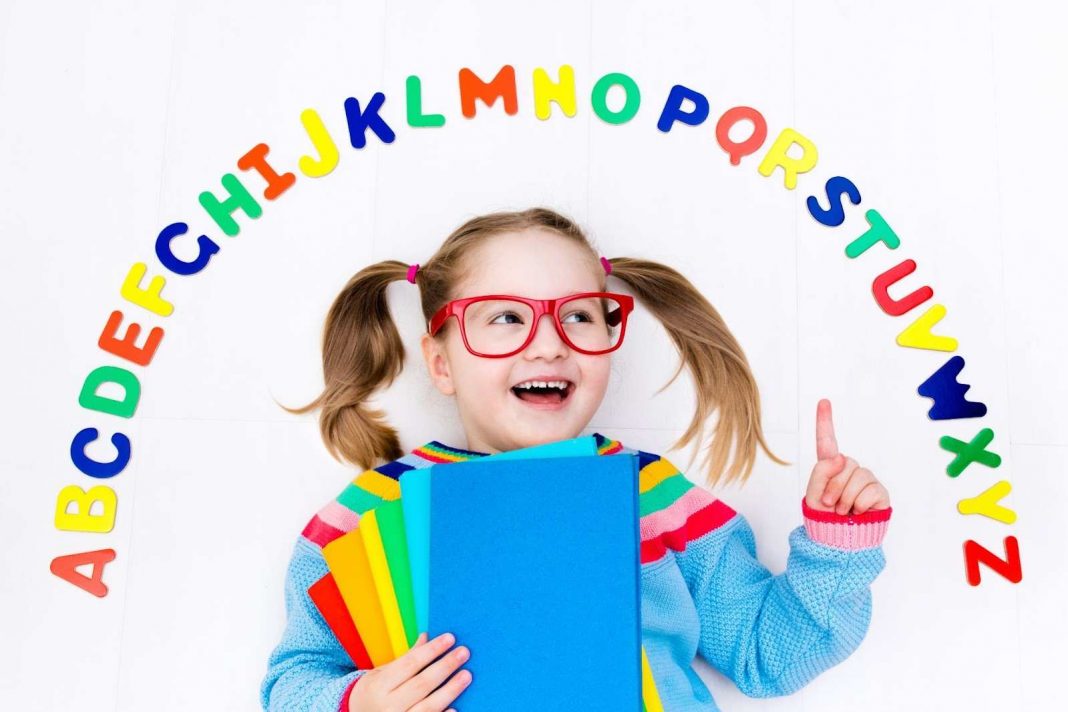Today, we’re going to talk about something that might be making your kids scratch their heads: spelling. Have you ever wondered why some kids struggle to spell words correctly? Well, it’s not just about remembering how letters look; it’s about how they sound and how they fit together to make words.
Math & ELA | PreK To Grade 5
Kids see fun.
You see real learning outcomes.
Watch your kids fall in love with math & reading through our scientifically designed curriculum.
Parents, try for free Teachers, use for free
The Global Indian International School in Tokyo tells us that 26 letters can make 44 different sounds and can be combined in 250 ways to spell words. It’s a big job for little brains! But why is knowing how to teach spelling to kids so important? Well, it will let you help your kids read better, write their ideas down, and share what they’re thinking. When kids get good at spelling, they become more confident in reading and writing, and that’s a big win!
But what if your child is finding spelling tricky? That’s okay! Every child learns at their own pace, and some find spelling harder than others. The key is being patient and trying new ways to make spelling fun and interesting.
In this blog, we will share tips and tricks on teaching spelling to kids. These tips are not just helpful but also a lot of fun.
15 Best Ways to Teach Spelling to Kids

1. Spelling Worksheets
Introduce worksheets into your child’s spelling practice routine. Worksheets can be a fantastic tool for reinforcing spelling skills in an engaging and structured way.
How it helps: Worksheets offer a variety of activities that cater to different learning styles. They can include exercises like unscrambling letters to form words, identifying and correcting common misspellings, and matching words with pictures. These activities not only reinforce the spelling of words but also help in understanding their usage and context.
Moreover, worksheets can be themed around specific topics, such as holidays, seasons, or subjects of interest, making learning relevant and exciting. They are also a great tool for review and can be used to track a child’s progress over time.
Ready to make spelling a blast? Check out the exciting writing games and watch your child’s spelling skills soar!
2. Dictation

Start by saying a word out loud and have your child write it down as they hear it. Repeat with different words, increasing in complexity as they improve.
How it helps: Dictation is a time-tested approach in how to teach spelling words. This exercise helps children develop a keen ear for phonetics, which is crucial for spelling. It also reinforces word recognition and helps understand the rhythm and flow of language, which are essential literacy components.
3. Word Chains

Choose a word and then have your child think of another word that starts with the last letter of the previous word, creating a chain.
How it helps: Word chains help create a mental linkage between words, which can be a powerful tool for memory retention. This method encourages children to think about the relationships between words, which can improve their ability to recall the spelling of words by association.
Create a domino effect in learning with word chain worksheets. Each word leads to the next, building a chain of spelling success.
4. Spelling Bee Practice
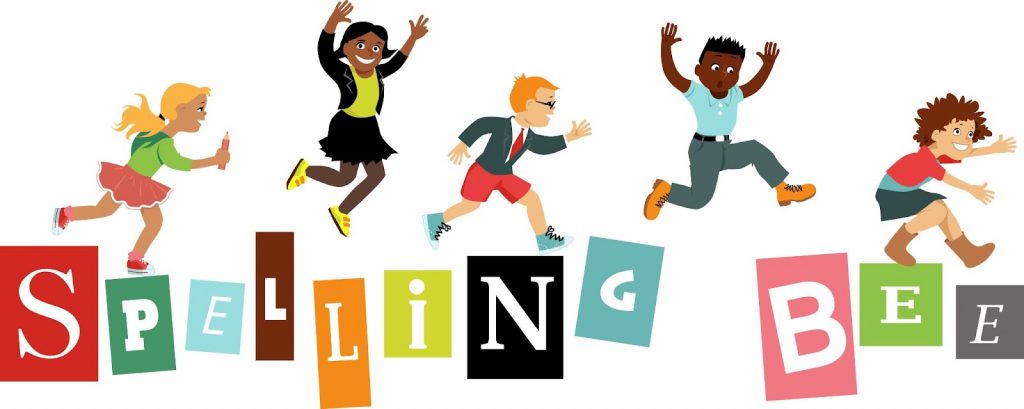
Organize a mini spelling bee at home or in the classroom. Give your child a word to spell and ask them to say each letter out loud. If they get it right, move on to a new word. If not, help them understand the correct spelling.
How it helps: Participating in a spelling bee format encourages them to focus on each letter and the sequence of letters within words. This activity can boost a child’s confidence in spelling and public speaking. It also helps with memory recall under pressure, which is a useful skill for test-taking and in-class assignments.
5. Sound-symbol Mapping
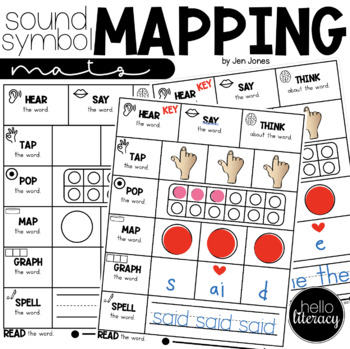
Show your child how each sound in a word corresponds to a letter or a group of letters. You can use blocks or cards with letters to map out the sounds.
How it helps: This method is essential in spelling because it teaches children the foundational phonics skills. By understanding the relationship between sounds (phonemes) and their corresponding letters (graphemes), kids can begin to decode and spell new words independently. It’s a critical step in becoming a proficient reader and speller.
Here are some fun letter sound worksheets to make the process of decoding and spelling new words a fun adventure for your child:
6. Highlight the Difficult Words
Work with your child to identify words they find tricky and highlight them in texts or on a special list. Review these words regularly.
How it helps: By highlighting difficult words, children can focus their attention and practice on the words that challenge them the most. This targeted practice can significantly improve their retention of these words and help in learning new words more effectively.
7. Trace, Copy, Recall
Have your child trace a word while looking at it, then copy it down without looking, and finally try to recall and write it from memory.
How it helps: This three-step process is a powerful way to engrain spelling in memory. Tracing involves motor memory, copying reinforces the shape of the words, and recalling tests their ability to remember without cues. It’s a comprehensive approach that engages multiple senses and memory pathways, making it a robust technique for learning how to spell.
Transform spelling into a tactile experience with SplashLearn’s tracing games. Trace, copy, and recall – a multisensory approach to mastering those tricky words.
8. Flash Cards
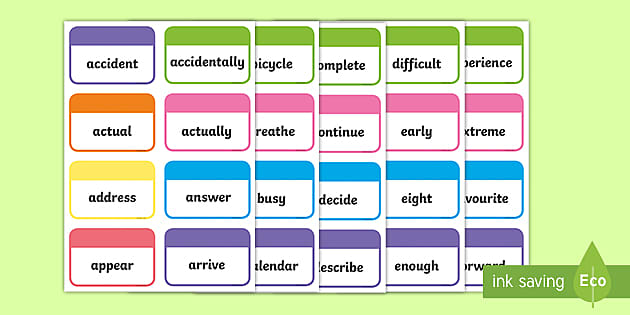
Create flashcards with words your child is learning. Show them the card, say the word, and have them spell it out. Mix them up to keep the practice interesting.
How it helps: Flashcards are a tried-and-true educational tool for a reason. They provide visual and auditory reinforcement, which can help children recognize and memorize spelling patterns. Flash cards can be used for quick, focused practice sessions that can fit into any schedule, making them a versatile tool for spelling practice.
9. Write on the Palm

Have your child spell out words by writing them with their finger on their palm. This tactile method can be a discreet way to practice anywhere.
How it helps: Writing on the palm combines kinesthetic learning with muscle memory. For many children, the physical act of writing words can help cement the spelling in their minds. It’s also a sensory activity that can make the learning experience more engaging and personal, which is especially helpful for tactile learners who benefit from hands-on activities.
10. Spell and Eat

Use alphabet-shaped snacks or write words on pieces of fruit or crackers with edible markers. Ask your child to spell a word before they eat each piece.
How it helps: This method turns snack time into a learning opportunity. It’s particularly effective for young children who will enjoy the novelty of combining eating with spelling. The physical act of assembling letters to create words before eating them can make the spelling practice more memorable and enjoyable.
11. Singing Letter Songs
Makeup songs or rhymes that spell out words, or use well-known tunes to sing the spelling of words.
How it helps: Musical mnemonics are a fun way to remember spellings because they tap into the natural human capacity for remembering songs. Music can be a powerful mnemonic device, helping children recall the order of letters through melody and rhythm.
Related Reading: Best ABC Songs for Kids That Will Make Them Dance & Enjoy
12. Group Similar Words
Organize words into groups that have similar spelling patterns or rules. Practice these groups together to reinforce the common patterns.
How it helps: Grouping similar words helps children recognize patterns in spelling, which is a key part of learning to spell. By understanding patterns, children can apply these rules to other words, making it easier to learn new spellings and predict how words are formed.
13. Memorization

Use repetition and practice to help your child memorize the spelling of words. This can be done by writing words multiple times, using them in sentences, or spelling them out with letter tiles.
How it helps: Rote memorization can be useful for words that don’t follow regular spelling rules, often called sight words. Regular practice can help embed these words in a child’s memory, making it easier for them to recall the correct spelling when needed.
Related Reading: How to Teach Sight Words to Kindergarten Kids
14. Spell the Word Out Loud
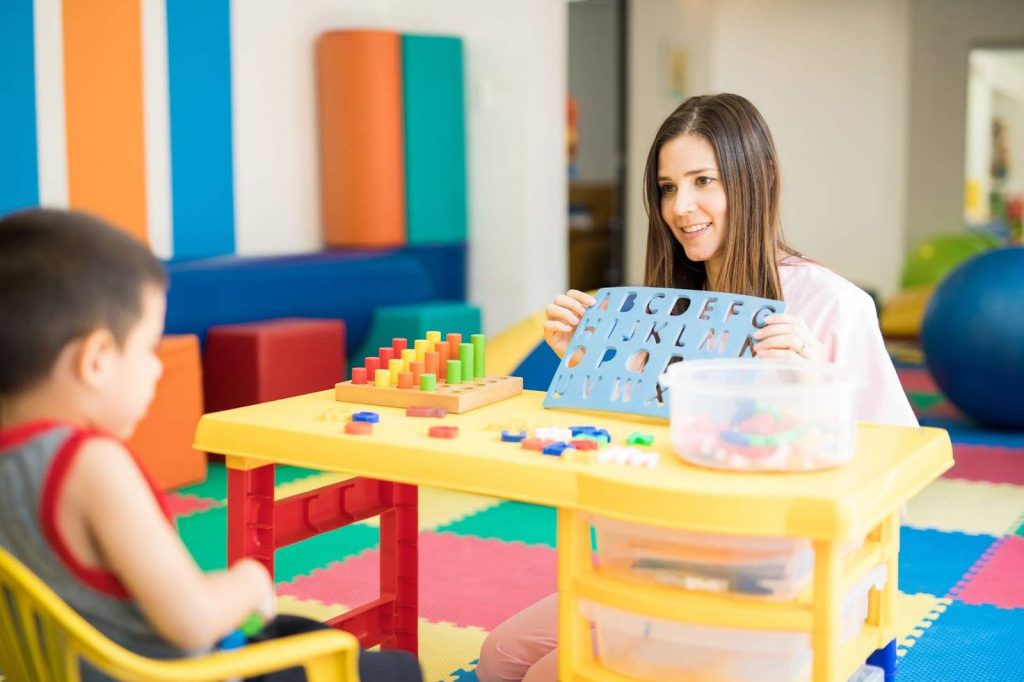
Encourage your child to spell words out loud, letter by letter. This can be done during everyday activities, like spelling out signs or labels.
How it helps: Auditory reinforcement is a key aspect of spelling skills. When children spell words out loud, they are engaging in their auditory processing and practicing their phonemic awareness. This can help solidify the connection between sounds and letters, which is essential for spelling and reading.
15. Stair Steps
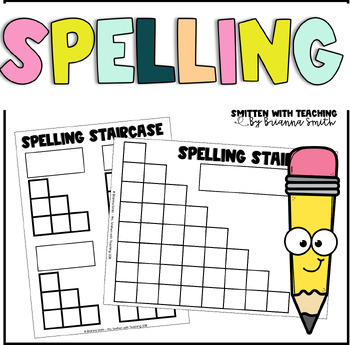
Have your child write a word, adding one letter at a time, like steps. For example, if the word is “cat,” they would write “c,” then “ca,” and finally “cat.”
How it helps: This visual and incremental method is one of the unique ways to spell that can significantly aid memory. By building words step by step, children can see the structure of the word develop before their eyes, which helps in understanding how letters combine to form words. This method also reinforces the sequential order of letters, which is particularly helpful for words that are difficult to spell.
By incorporating these diverse methods into your child’s routine, you can help them develop a well-rounded approach to spelling that includes visual, auditory, kinesthetic, and cognitive strategies. Each child may respond differently to various techniques, so trying various activities to see what works best for them is beneficial.
Related Reading: Stimulating Spelling Games for Kids
4 Importance of Spelling in Early Learning
- Foundational for Literacy: Mastering spelling is a key step in a child’s literacy journey. Studies suggest that when kids learn to spell, they also learn the sounds that letters make and how to put them together to form words, which is crucial for reading and writing.
- Building Blocks for Reading: Accurate spelling aids in word recognition within texts, enhancing reading fluency. Experts have found that learning high-frequency ‘sight words’ through spelling helps children in reading and writing, as these words often appear in reading materials.
- Improves Writing Skills: Good spelling is essential for clear writing. Research indicates that a strong grasp of spelling allows children to write their thoughts down more easily and accurately, which is vital for their academic success.
- Building confidence: Child Development experts assert that when children understand the structure and rules of spelling, they can tackle unfamiliar words with confidence.
Related Reading: Best Writing Activities for Kids
4 Benefits Of Learning Spelling For Children

Spelling is a powerful tool in a child’s learning toolbox. Let’s look at why it’s so great for them to learn how to spell words.
- Cognitive Development: When kids learn to spell a word, they’re doing some serious brain exercise. They have to remember the shapes of letters, the sounds they make, and then put them all together. This spell technique is a big part of helping their brains grow strong.
- Reading Comprehension: Knowing how to spell words also helps kids understand what they read. When they can spell, they can guess new words they come across by thinking about how they’re built.
- Communication Skills: Spelling helps kids tell their stories and share their ideas. When they know how to spell words, they can write down what they want to say clearly. This means they can share their thoughts with others, and that’s a big part of talking and writing every day.
- Academic Success: Good spelling is a key that opens many doors in school. It helps with writing essays, understanding homework, and even doing well on tests. When kids can spell well, they feel more confident in class, leading to all sorts of good things in their school life.
Learning to spell isn’t just about getting the letters right; it’s a stepping stone to so much more. It’s about helping kids think better, read better, communicate better, and do better in school. So, teaching them how to spell is a gift that keeps giving!
Related Reading: Best Vocabulary Games to Play in Your Classroom
Conclusion
Spelling is a big deal for our little ones, and it’s clear that helping them get it right is about more than just letters on a page. It’s about setting them up for success in reading, writing, and beyond. By using fun and engaging ways to practice spelling, we can give our kids the tools they need to communicate clearly and confidently. Remember, every child is different, so try out various methods and see what clicks for your young learner.
Ready to give your child the spelling superpowers they need to succeed? Sign up on SplashLearn and unlock a treasure trove of spelling resources designed to make learning irresistible.
Frequently Asked Questions (FAQs)
What age should children start learning to spell?
Children can start learning to spell as soon as they begin to recognize letters, usually around the age of 3 or 4. It starts with understanding the alphabet and then gradually moves to simple words.
How can I help my child who struggles with spelling?
Be patient and try different methods. Some kids benefit from visual aids like flashcards, while others do better with auditory methods like spelling out loud. Find what engages your child best.
How often should my child practice spelling?
Regular short practice sessions are better than infrequent long ones. Aim for 10-15 minutes of spelling practice a day to keep it fun and avoid overwhelming your child.

















